Two days ago I purchased an alarmingly large number of strawberries. I couldn’t help myself. Grown in Cheddar, these sweet little ripe morsels are a welcome break from the onslaught of last year’s apples and a plethora of citrus. When you try to eat seasonally and with reduced transportation miles, you appreciate the appearance of new season fruit that much more.
 |
| Strawberries have to be picked at their peak of ripeness as they don’t ripen any further once they’re separated from the plant – known as non-climacteric fruit. Photo credit: Nicola Temple |
The moment I placed the box on my kitchen counter, however, I felt as though a timer began counting down on a bomb. But rather than finishing off with an explosion, it would be more of a moldy, decayed mess of fruit wasting away. In response, I did as my mother before me did, and I issued relentless alarm calls to my family, “Eat strawberries…strawberries would go well with that…why are you eating that pear? EAT strawberries!” Luckily the troops rallied and I’m happy to report that there was no waste.
This strawberry time bomb is more technically that stage between when a fruit has reached its peak ripeness and when it first starts to deteriorate. Strawberries, unlike some other fruits, do not continue to ripen when picked and so they have to be picked when they are perfectly ripe otherwise they will taste somewhat inferior. The rotting timer starts the minute the strawberry is picked and is running down from field (or poly tunnel) to consumer. So why is it that strawberries don’t ripen further after they’re picked, but fruits like tomatoes do?
Ethylene and rapid respiration: qualities of the climacteric fruit
The answer lies in some basic plant physiology. Some fruits produce a lot of ethylene and undergo rapid respiration during ripening, which means the fruits continue to ripen even once they are separated from the plant. These are known as climacteric fruits. As one would expect, non-climacteric fruits produce very little ethylene, do not undergo periods of rapid respiration and do not ripen any further once picked from the plant.
Ethylene plays a major role in the regulation of the ripening process and affects the rate at which the fruit ripens. Producers use this to their advantage. Bananas, for example, are picked hard and green and stored mature but unripe. When a retailer places an order, the bananas are placed in a room and ethylene is pumped in to ripen the fruit up for sale.
Ethylene is even used by industry as a de-greening agent for non-climacteric fruits, such as citrus. It is used to break down the green chlorophyll pigment in the peel of many citrus fruits, like orange and lemon, which essentially makes a somewhat unripe fruit appear ripe to the consumer.
The genetic regulation behind the climacteric characteristics of plants is very complex and not yet completely understood. For example, different melon varieties can be climacteric or non-climacteric. If a climacteric melon is crossed with a non-climacteric melon, the fruit is generally climacteric, suggesting it might be a genetically dominant character trait. Yet, other experiments that have crossed two non-climacteric melons have generated climacteric melons. This implies that the trait is more complex than a dominantly inherited trait.
Examples of climacteric versus non-climacteric fruits
There may be a few items on these lists that make you take a second look as we don’t commonly think of them as fruits, but rather as vegetables. However, aubergines, courgettes and cucumbers are indeed fruits.
|
Climacteric Fruits
|
Non-climacteric fruits
|
|
Apple
|
Aubergine
|
|
Apricot
|
Bell peppers
|
|
Avocado
|
Cherries
|
|
Banana
|
Citrus fruits
|
|
Cantaloupe
|
Courgettes
|
|
Fig
|
Cucumber
|
|
Kiwi
|
Grapes
|
|
Mango
|
Lychee
|
|
Passion fruit
|
Most berries
|
|
Peach
|
Pomegranate
|
|
Pear
|
Strawberries
|
|
Plum
|
Pineapples
|
|
Tomato
|
Watermelon
|
How to store climacteric fruits and non-climacteric fruits
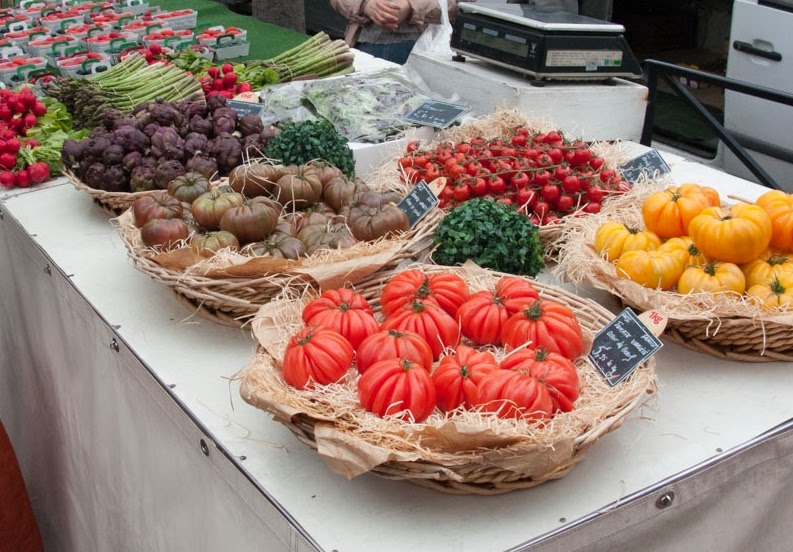 |
| Different varieties of tomatoes, a climacteric fruit, on display at a French market. Photo credit: Shelby Temple. |
Knowing the difference between your climacteric and non-climacteric fruits can help you store them appropriately.
Climacteric fruits are best stored at room temperature. They are picked before they are ripe and refrigeration can slow the ripening process. Since these fruits will continue to ripen after picking, they generally have a shorter shelf-life, but refrigerating them once they have fully ripened could extend the shelf life somewhat.
Non-climacteric fruits, on the other hand, are picked when fully ripe and are best stored in the refrigerator to slow their deterioration. They generally have a longer shelf-life as they don’t continue to ripen (though I don’t consider this to be true of berries).
Don’t store climacteric fruits with non-climacteric fruits as the ethylene produced by fruits such as bananas can speed up the rotting process of an already ripe fruit. However, this natural ethylene production can also work to your advantage. Avocados, for example, are often sold hard as rocks and if you wish to speed up the ripening process, you can store them with bananas in a paper bag on the counter.
The climacteric character of fruit is an active area of research due to the direct applications for the way we pick, transport and store our food. As much as I am an advocate for scientific solutions, I hope overindulging on the sweet delicious fruit of local strawberries during this precious time of year is never resolved – it is simply a matter of tradition.


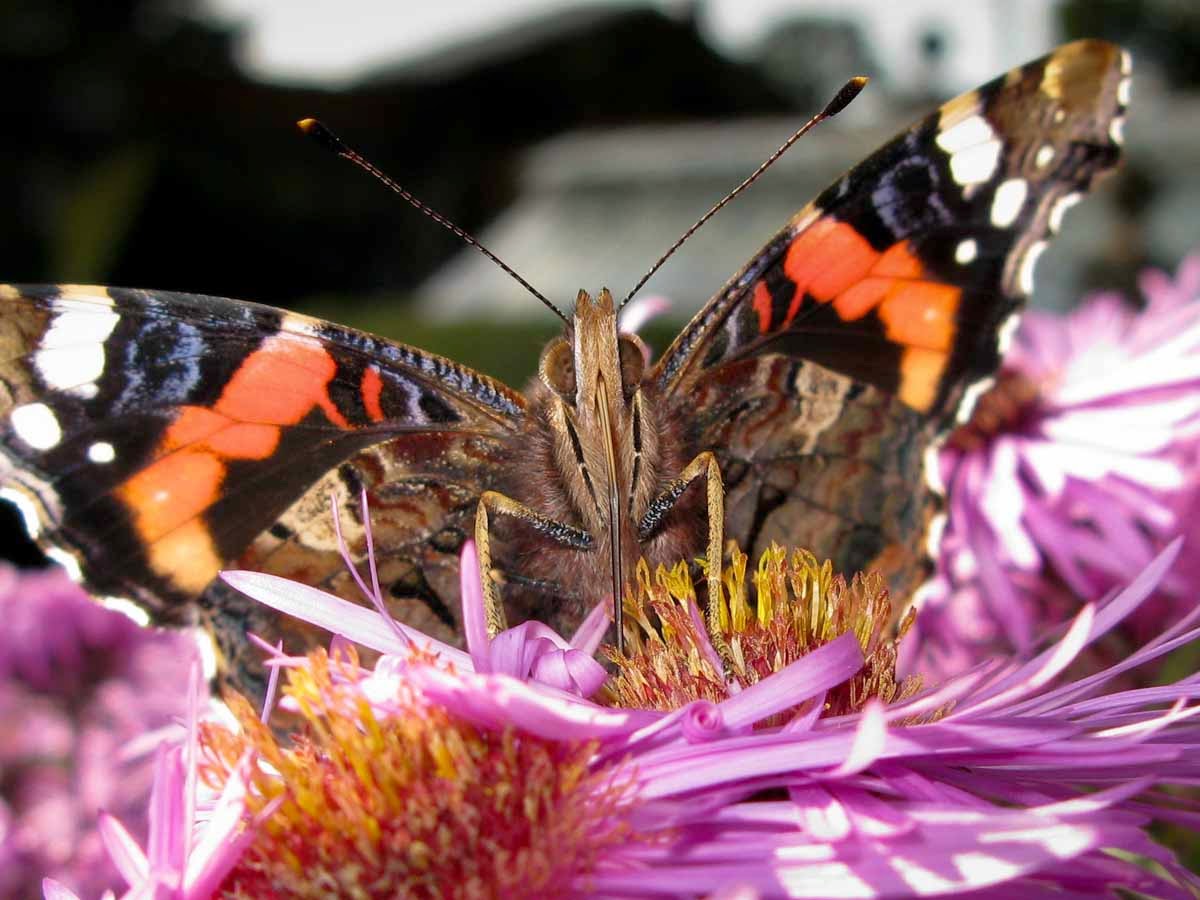
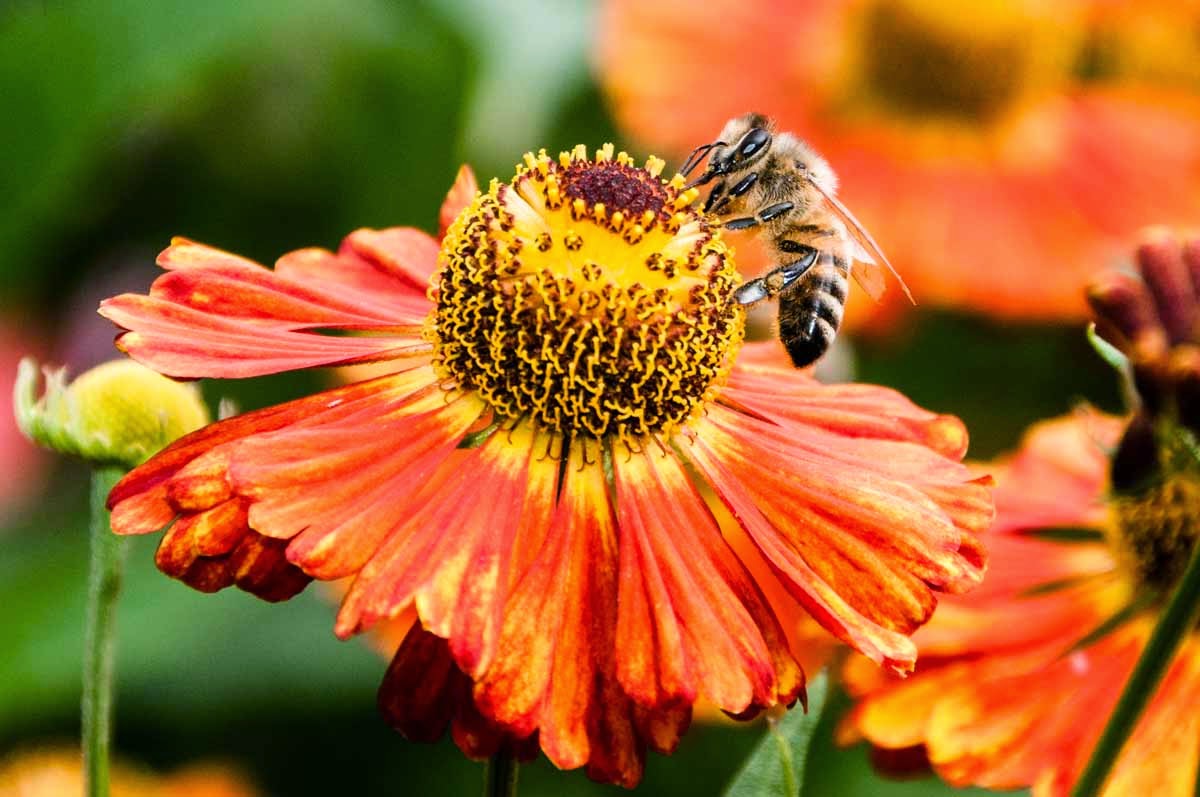

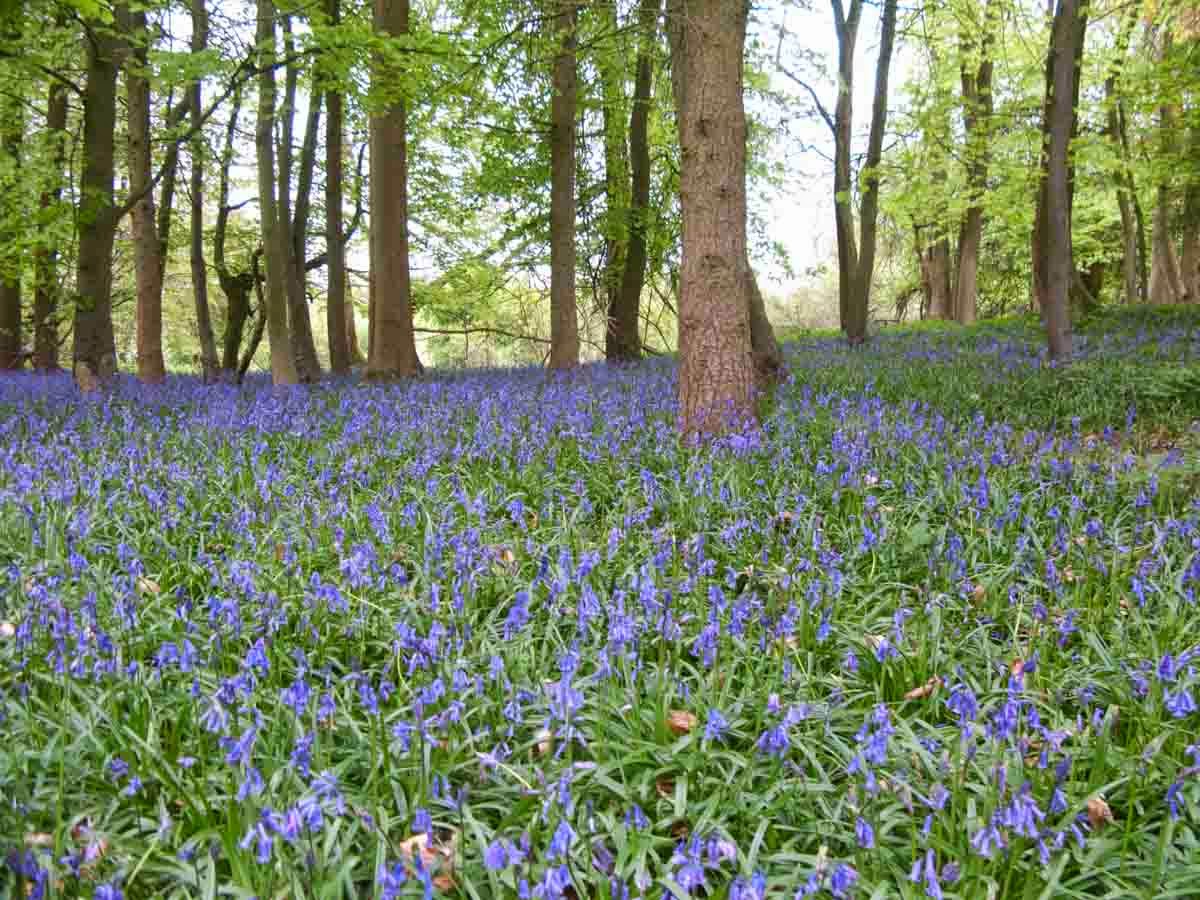
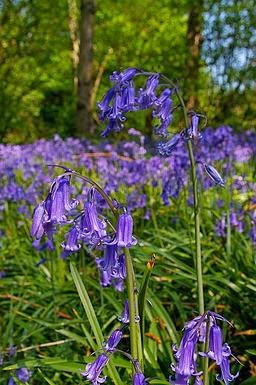.jpg)



